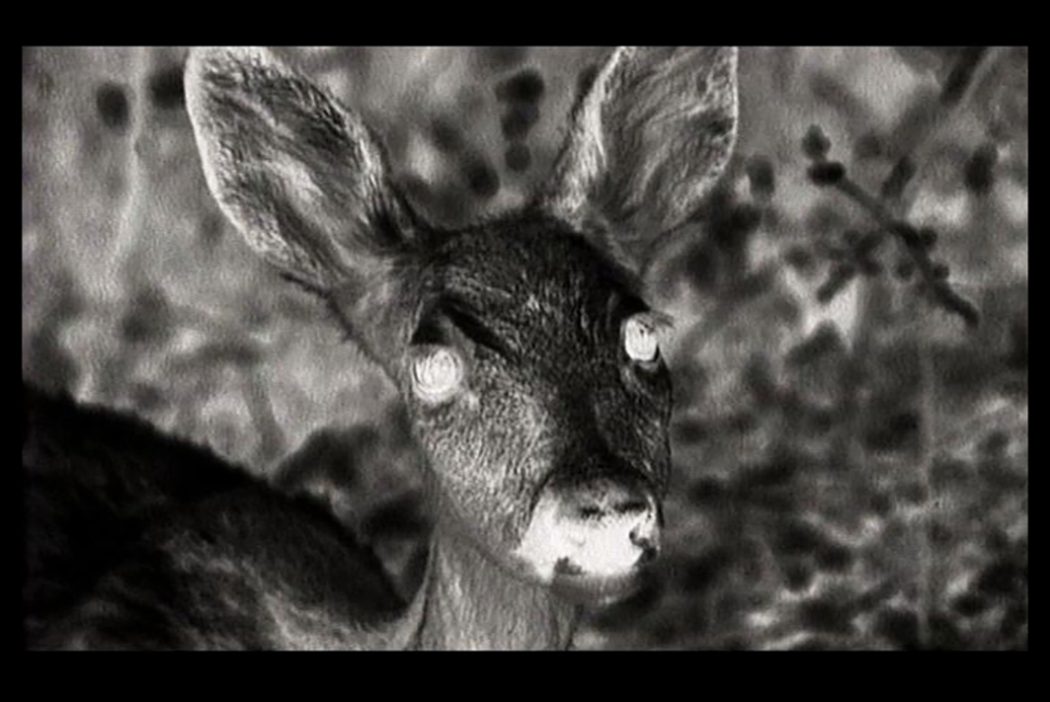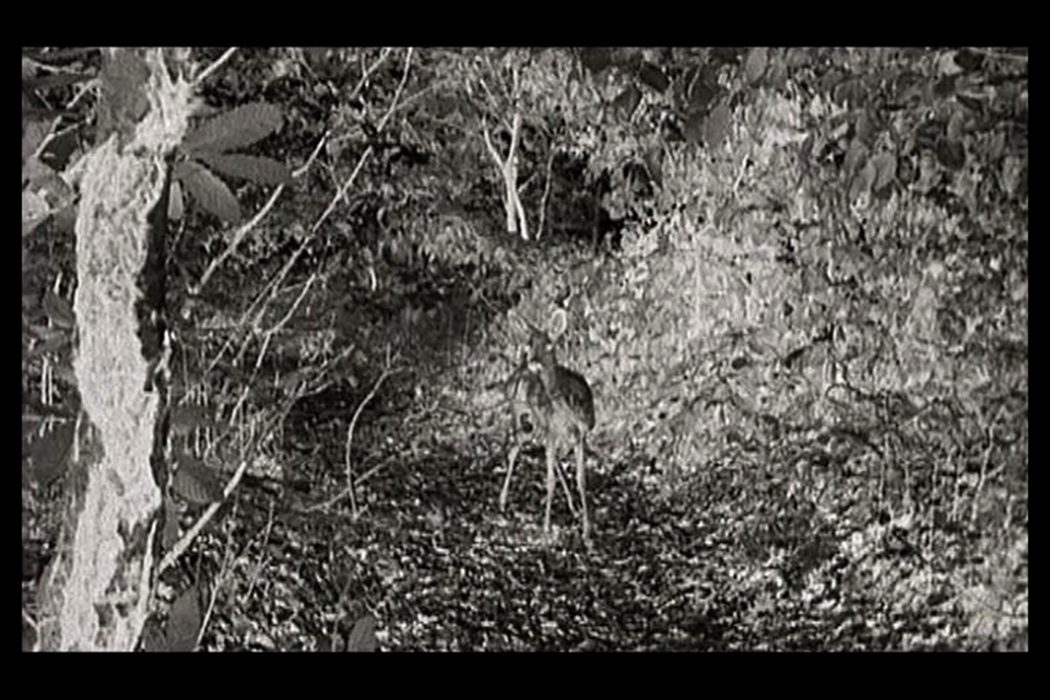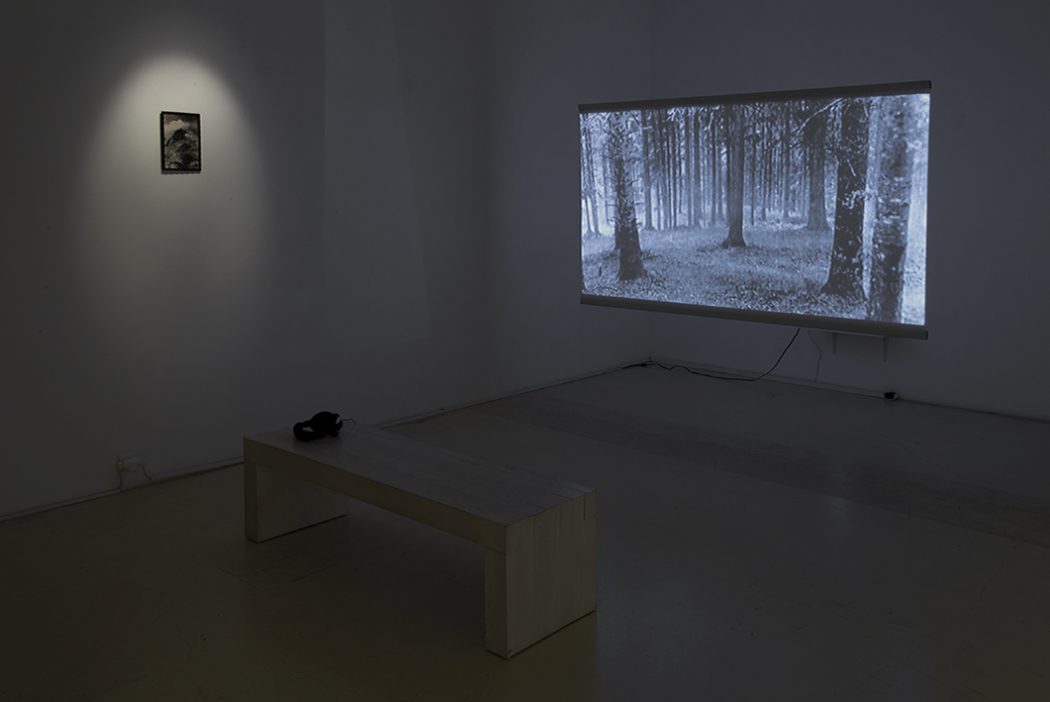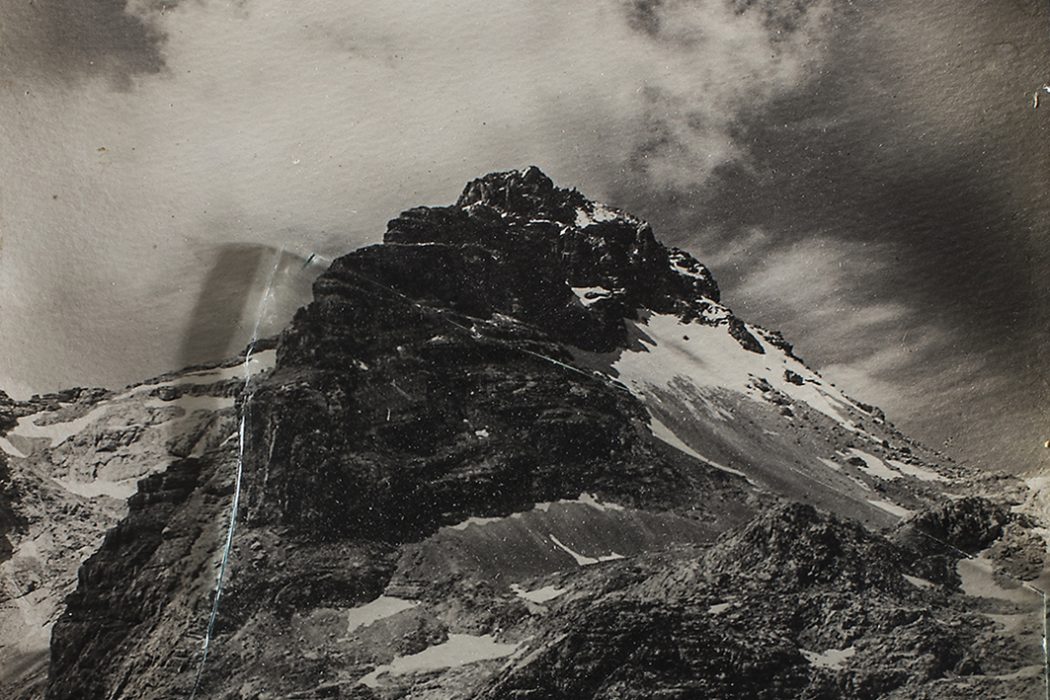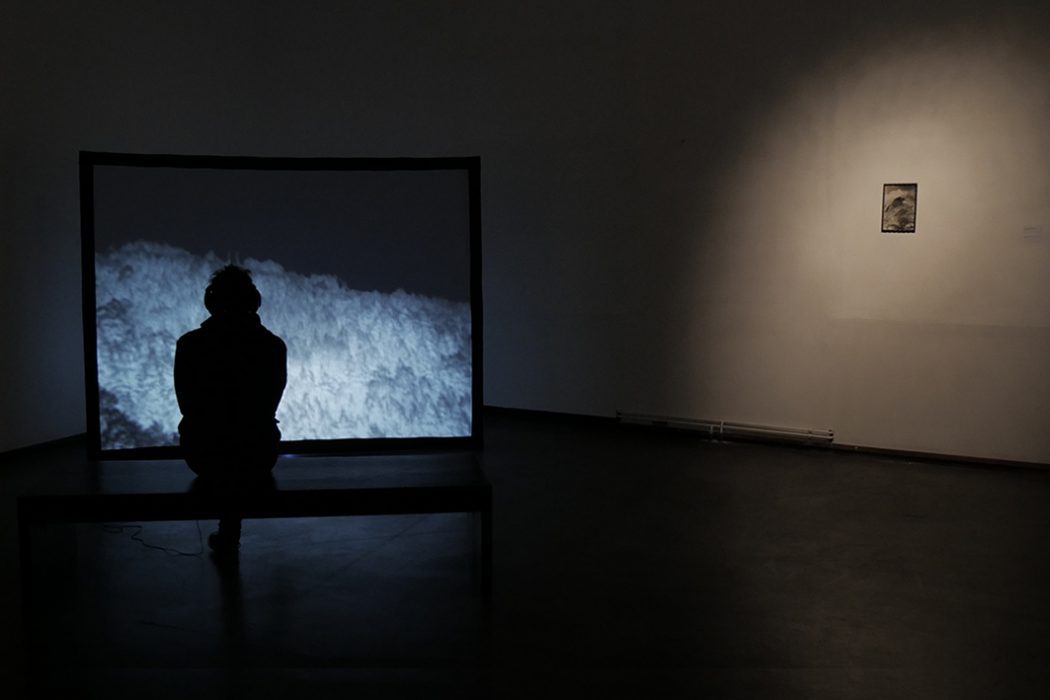Neli Ružić combines autobiographical (a family story told by her father) with fictional elements taken from pop culture/cultural memory, such as scenes from the film Kozara (The Plaque) or a recovered photograph (Two Mountains), which are not authentic but still contribute to credibility. The effect of truthfullness is reinforced by the exhibited photograph Two Mountains which illustrates the narrative of The Plaque suggesting that it is an authentic account of her uncle’s place of death.
An intimate/personal/human story (the disappearance of Neli’s uncle Miljenko Ružić on Mount Mosor) is examined in the works The Plaque/Two Mountainsin the context of ideological and political turmoil. Furthermore, Ružić, while deftly combining artistic strategies in these works, critically exposes ways of establishing dominant, official ideological and social narratives and warns about the possibility of manipulation with what has been considered true or historically accurate. From Dragana Modrić text in the catalogue 17:16 , Neli Ružić’s exhibition at Sikirica Gallery, Sinj, 2019
Landscape as a frequently occurring medium of cultural memory is thereby used in different ways, processed similarly in her videos and photographs: by overlapping stories inherited from her family (such as the one told by her father) with elements of biographic memory (landscape scenes from Mount Kozara are juxtaposed with the first war film that she saw as a child), she multiplies the fictional dimension of the narrative built on the suggestiveness of potential, imagined outcomes of events that none of the involved persons (neither the narrator nor the author) has ever witnessed.[1]. In a similar way, the photograph Two Mountains gives way to documentary presentation and counts on the visual coincidence of content and form (the photograph and the broken glass), established on the basis of forced repetition of the mountain motif as a place of vanishing and death. Paired with the aforementioned video Plaque (Two Mountains), it creates a whole that reveals itself as a sort of statement in which the artist neutralizes ideological polarity, disentangles categorical judgments, and looks for a third way.In this way, the overlapping of two place names that played an important role in WWII, one of them as part of individual memory (Mosor) and the other as a collective lieu de mémoire (Kozara), becomes a point in which the universal and general merge with the personal. The title also conceals elements of a story that touches upon erasure as one of the artist’s preferred topics ever since the early 1990s.[2]. The great erasure, which coincides with the onset of trauma and thus with the revision of history, first appeared in her work Brush (1994), which announced the topic in its various variants from the Galeb Dry Cleaners from the late 1990s to the Strategies of Oblivion (2005/2006), all of which focus on erasure on a personal level, during the artist’s stay in Mexico.[3]
From Sabina Salamon text There is a Third Way, published in Exhibition catalogue Neli Ružić, Shadows of the Future, 2016, Museum of Fine Arts, Split and Museum of Modern and Contemporary Art, Rijeka
[1] This is a typical oral history, full of personal roles, doubts, and gaps; the father tells the story burdened by hisemotional role,above all remorse and regret. Even though inconsistent, the story has factual power, same as the film that the artist recalls: The Battle of Kozara(1962), directed by Veljko Bulajić.
[2] Deconstructing the title Plaque (Two Mountains) reveals that it refers to the memorial plaque with the name of her father’s brother, Miljenko Ružić, who went missing on Mount Mosor, which is the subject of the father’s confession. The plaque was removed in 1992 under unclear circumstances.
[3] Many artworks belong to this group, including the objects Calendar Box, Clouds and Flies, Archipelago, High Tide, Snow, and Wind (Alexandria).

